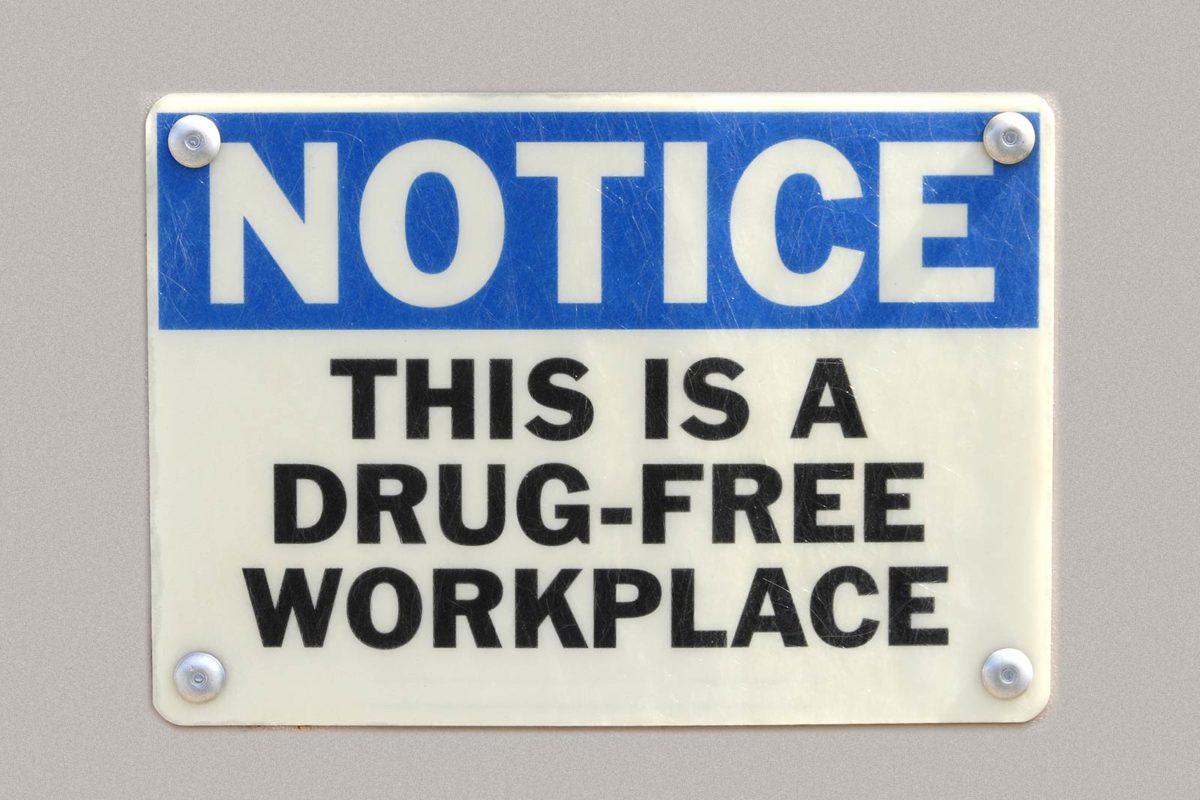Originally appeared in McMillan’s employment and labour bulletin
Authors: George Waggott, Lai-King Hum, Annik Forristal
November 2011
The Toronto Transit Commission has received widespread publicity in recent weeks for its proposed adoption of drug and alcohol testing for transit operators. The relevant legal issues are significant. As an employer, if you suspect that an employee may be using drugs or drinking and performing duties while impaired, this is of great concern. Drug or alcohol abuse by an employee can endanger the safety of other employees, customers or the public and give rise to other potential liabilities.
Many Canadian employers are uncertain about the laws surrounding drug and alcohol tests for employees. Drug and alcohol testing is a challenging issue, and tests can only be used in limited circumstances. Applied improperly, the testing could easily lead to a contravention of applicable human rights laws. In this regard, it is important that all employers understand the laws surrounding drug and alcohol testing in Canada, and create policies and procedures that will withstand legal scrutiny.
requirements for drug and alcohol testing policy
Employers can justify the discriminatory effect of testing if the drug and alcohol testing policy meets all three of the following requirements1:
- The policy must be adopted for a purpose that is rationally connected to the performance of the job (e.g. employee and public safety);
- The policy must be adopted in good faith, in the belief that it is necessary for the fulfilment of that legitimate work-related purpose; and
- The policy must be reasonably necessary to the accomplishment of that legitimate work-related purpose.2
Because of these requirements, testing should generally be limited to determining actual impairment of an employee’s ability to perform their essential duties. In other words, testing cannot be used solely to identify the presence of drugs or alcohol in the body. Unlike alcohol testing, drug testing does not actually measure impairment – it only determines if drugs are present in the body. As such, drug testing is more controversial. Testing that has no demonstrable relationship to impairment, job safety or performance will be found to be a violation of an employee’s rights. Perhaps just as importantly, many drug tests will be of no use in support of related efforts by the employer to discipline employees who fail such tests.
As this area of law is contentious and constantly evolving, the following principles will be applied differently depending upon the circumstances and, sometimes, the province. This bulletin focuses on applying these general principles to determine which employees can be tested and when employees can be tested.
which employees can be tested?
Blanket drug and alcohol testing is regarded as discriminatory since addiction is considered to be a disability under human rights laws. More significantly, drug testing does not reflect actual or future job impairment. Therefore, to test an employee for drugs or alcohol, there needs to be:
- a rational connection between testing and the employee’s job performance; and
- risk to the safety of co-workers or members of the public created by an employee’s alcohol or drug abuse.
As a result, typically only employees in “safety-sensitive” positions may be tested for alcohol or drugs.
when can an employee be tested?
There are two times when an employer may want to test an employee for drugs or alcohol: before hiring the employee and while the employee is working.
pre-employment testing
Pre-employment drug and alcohol testing is generally considered to be discriminatory and an unjustifiable intrusion into the rights of employees, regardless of whether or not the employee will occupy a safety-sensitive position. This is because such tests essentially deny employment to people who are drug or alcohol dependent and because such testing does not reflect actual or future job impairment. Pre-employment drug and alcohol testing may, however, be justifiable in some circumstances. For example, pre-employment testing may be allowed where there is evidence not only showing the link between impairment, job performance and safety, but also showing unique safety-sensitive circumstances (e.g. an “ultra-dangerous” workplace) or a significant risk or history of employees being impaired while at work3. Pre-employment drug and alcohol testing may also be acceptable if the potential employee is not refused employment because of a positive test, but is instead accommodated4.
on-the-job testing
There are three types of on-the-job drug and alcohol testing to be considered:
- random testing;
- “for cause” testing; and
- post-incident testing.
random testing
Generally, random drug testing is considered to be an unjustifiable intrusion into the rights of employees, even if they occupy safety-sensitive positions. This is because drug testing does not reflect actual or future job impairment. As with pre-employment testing, however, random drug testing may be justifiable in extreme circumstances where there is evidence showing unique safety-sensitive circumstances or if there is a significant risk or history of employees being impaired while at work5.
Random alcohol testing, on the other hand, is considered to be a minimally intrusive and effective method of measuring impairment6. However, random alcohol testing can still only be used for employees in safety-sensitive positions, where there is a clear connection between impairment and the employee’s performance and safety.
for cause and post-incident testing
“For cause” drug and alcohol testing is potentially permissible when there is reasonable cause to suspect alcohol or drug abuse. Post-incident testing is when an accident has occurred at work and there is reasonable cause to suspect that alcohol or drug abuse may have contributed to the accident. In both of these cases, such testing may be allowed so long as it forms part of a larger assessment of drug and alcohol use and so long as the employer is able to show that there is an objective basis to believe all of the following:
- That job performance would be impaired by drug or alcohol dependency. In other words, that there is a rational connection between testing and job performance;
- That the employee’s behaviour or the incident is related to alcoholism or drug addiction or dependency; and
- That the degree, nature, scope and probability of risk caused by alcohol or drug abuse or dependency will adversely affect the safety of co-workers or members of the public.
what if an employee tests positive?
Automatically terminating the employment of an employee who has tested positive for drugs or alcohol is an invitation for a human rights complaint.
If an employee tests positive for either drugs or alcohol, the sanction must be tailored to that employee’s specific circumstances. Any proven employee dependency or addiction must be accommodated unless the employer can demonstrate that such accommodation will cause undue hardship. Therefore, an employer needs to consider both the applicable human rights legislation and the question of accommodation without undue hardship in order to help shield itself from a potential human rights claim.
Given the close scrutiny of employer drug and alcohol policies, and their controversial nature, employers are well advised to seek legal guidance on their creation and implementation.
1 British Columbia (Public Service Employee Relations Commission) v BCGSEU (Meiorin), [1999] 3 SCR 3.
2 Entrop v. Imperial Oil Limited, 50 OR (3d) 18 (CA).
3 Milazzo v Autocar Connaisseur Inc. [2003] C.H.R.T. 37 [Milazzo] and Communications, Energy and Paperworkers Union of Canada, Local 30 and Irving Pulp & Paper Limited, 2011 NBCA 58 [Irving].
4 Chiasson v. Kellogg Brown & Root (Canada) Co. (2005), 56 C.H.R.R. D/466, aff’d by Chiasson v. Kellogg Brown & Root (Canada) Co., 2007 ABCA 426
5 Milazzo and Irving supra note 3.
6 Entrop supra note 2.


